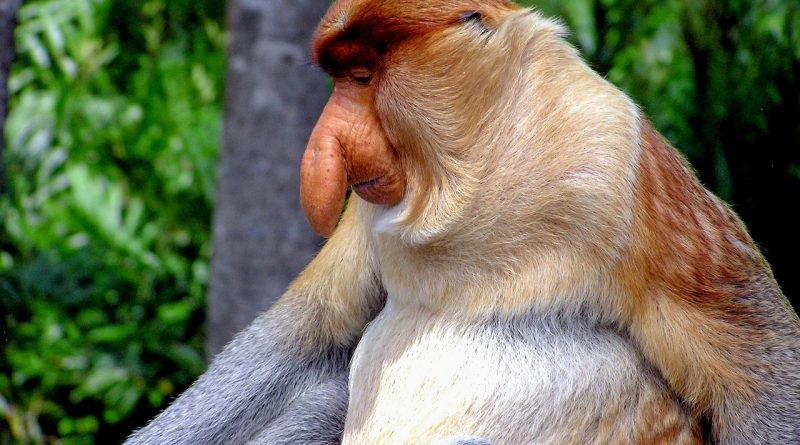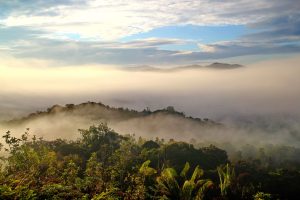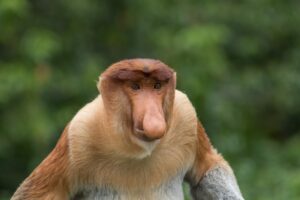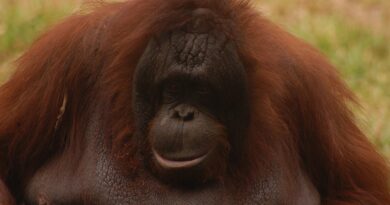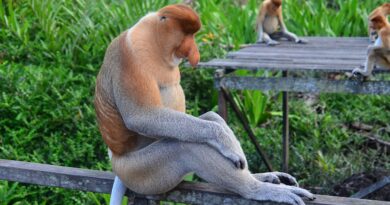Borneo Proboscis Monkeys: A Fascinating Species to Discover
Borneo Proboscis Monkeys: A Fascinating Species to Discover
If you’re an animal lover and have a passion for primates, the Borneo Proboscis Monkey is a species you won’t want to miss. These unique monkeys are native to the island of Borneo in Southeast Asia and are known for their distinctive long noses and potbellies.
The Borneo Proboscis Monkey is a large primate, with males weighing up to 60 pounds and females weighing up to 40 pounds. Their most notable feature is their long nose, which can grow up to 7 inches in length. The nose serves as a way for males to attract females during mating season, and also amplifies their calls.
The Borneo Proboscis Monkey is a good swimmer and can be found near rivers and mangrove forests. They spend most of their time in the trees and are active during the day. The monkeys are known for their playful nature and can often be seen wrestling, chasing, and swinging from branches.
One of the most interesting things about the Borneo Proboscis Monkey is their diet. They primarily eat leaves, but will also consume fruits, seeds, and flowers. Due to their large size and unique digestive system, they are able to digest tough plant material that other monkeys can’t.
Unfortunately, the Borneo Proboscis Monkey is considered an endangered species. The population has declined significantly due to habitat loss and hunting. Efforts are being made to protect the species, and there are several conservation programs in place to help increase their numbers.
If you’re interested in seeing these fascinating monkeys in their natural habitat, there are several tour operators that offer trips to Borneo. Be sure to choose a reputable operator that follows sustainable tourism practices.
In conclusion, the Borneo Proboscis Monkey is a unique and fascinating species that is well worth discovering. With their distinctive long noses and playful nature, they are sure to delight animal lovers of all ages. With proper conservation efforts, we hope that this endangered species will be around for generations to come.
Cruising in Borneo – Cruise Sabah, Sarawak, Kalimantan Brunei
Cruising in Borneo Cruise Sabah Sarawak Kalimantan Brunei Borneo, with...
Read MoreRetiring in Borneo – Sabah or Sarawak, Malaysian Borneo: A Comprehensive Guide
Retiring in Borneo – Sabah or Sarawak, Malaysian Borneo: A...
Read MoreBest of Sabah in 5 Days – Trip Ideas
Best of Sabah in 5 Days – Trip Ideas Here...
Read MoreExploring Sarawak’s Best Attractions: National Parks
Exploring Sarawak’s Best Attractions: National Parks Sarawak, a Malaysian state...
Read More
